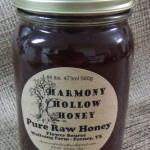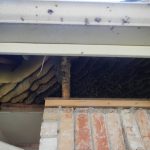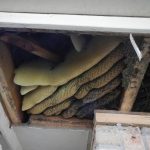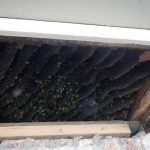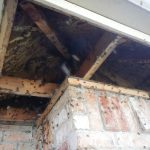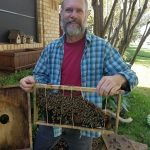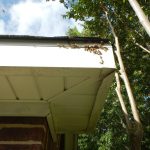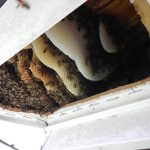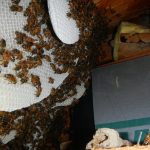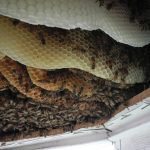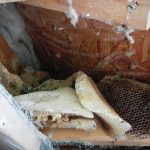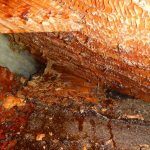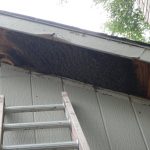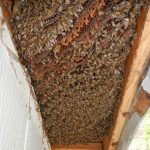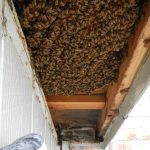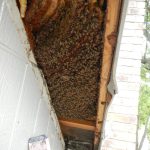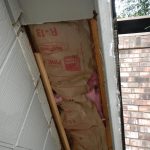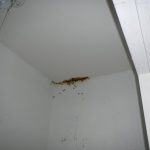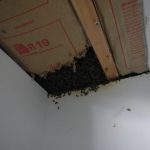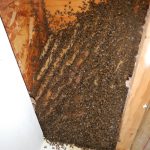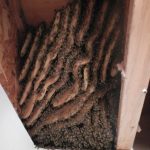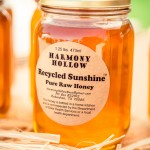At first glance at the articles I have read in the last few days, one would think to themselves: “What does this matter? These bees are isolated and in Hawaii – how should that mean anything to us here in the contiguous 48?”.
Easy answer. These bee species *are* in an isolated area, and thus are easier to track their numbers and effectiveness at pollinating native species of plants as well as agriculture crops.
(CNN Article here: http://www.cnn.com/2016/10/01/us/hawaii-bee-species-endangered/index.html )
and link to original document at the Office of the Federal Register:
https://www.federalregister.gov/documents/2016/09/30/2016-23112/endangered-and-threatened-wildlife-and-plants-endangered-status-for-49-species-from-the-hawaiian
The importance is that change has started to happen to protect these native species because an effect of pesticides and other stressors (such as fires and other natural disasters) has been recognized.
The stressors that are man-made or influenced in a way that we can minimize the effect on them, and can either replicate or preserve and nurture both habitat, and external environments that support these species that have been documented as having to be placed on this endangered list. These factors are certainly not isolated to Hawaii. They are present in almost every commercial agriculture system in the USA.
Who is responsible for this work? In my thoughts, responsibility should fall upon those in the circle of influence on the stressors for the species. The farmers and cultivators that have use pesticides, the marketing chains that push the agriculture systems to believe that poisons on our foods are acceptable answers. Yes – I do acknowledge that our agriculture system is HUGE, and that they farmers are simply trying to increase yield, appearance, and income from their efforts and land; however care to protect the species that have been on our Earth for eons longer than humanity must be taken. And lastly – responsibility should fall upon the consumers who fuel the system with the want (or perceived need) for that agricultural product.
Grow your own…. Know your farmer and how they farm… Eat Seasonally from local producers… and educate on the importance of preserving our fragile ecosystem that humanity seems to have little regard for.
Of relevance – I have included some information from Phil Chandler’s podcast below.
=============
Timeline of Life On Earth
Numbers and some commentary provided by Phil Chandler – published via Barefoot Beekeeper podcast on 10-9-2014. Note that some of the figures listed have various dates depending on the source of the numbers that I have found online. The more recent (bottom of the list) numbers are more accurate, though – as they are closer to our existence and easier to find timiline evidence.
String 48.5 Meters long – and representative of 10M Years per Meter
(MYA = Million Years Ago – Approximate Numbers from Phil Chandler’s Speech)
485 MYA – Appx last 1/10 of the life of the planet. Aquatic Vertebrates already exist
395 MYA – First Land Plants / Lichens
350 MYA – Insects / Sharks / Sea Faring Plants / Forests
300 MYA – Beetles / Seed Plants
2.14 MYA – Extinction Event
200 MYA – Mammals appeared
150 MYA – Birds
130 MYA – Flowers (and pollinators – probably including bees)
*** 100 MYA – Oldest known Bee ***
65 MYA – Non Avian Dinosaurs
30 MYA – Modern Honeybees
25-cm from end of string – Homo Genus of Man
less than 2-cm from end of string (appx 200,000 years) = Homo Sapiens
Last 1-mm of the 48.5 Meter Long String – Represents ENTIRE HISTORY of farming
last 100 million years – bees farming the planet and selecting the plants that they use for food.
They have shaped the development of herbivores, as well as the carnivores that eat the herbivores

